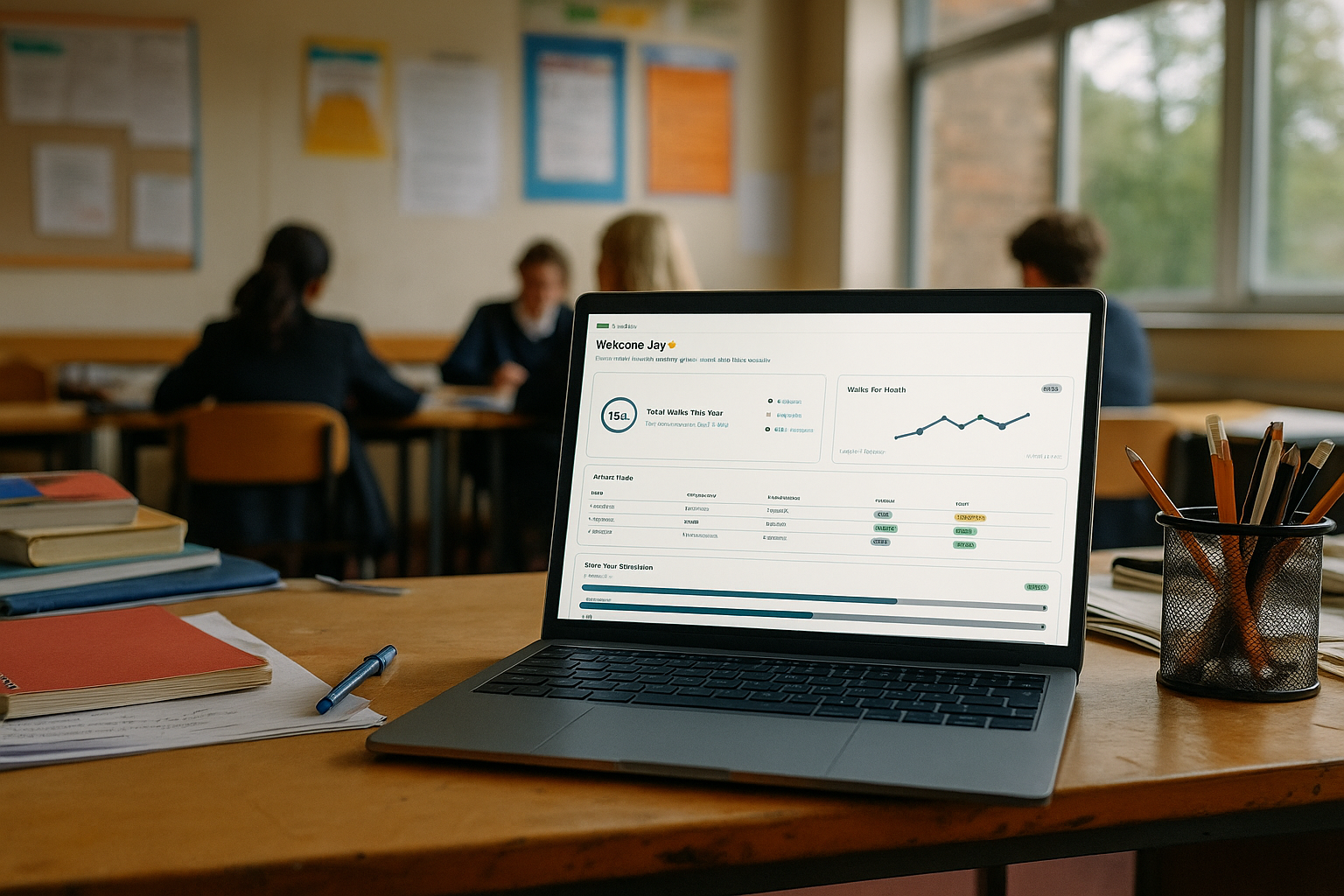Learning Walk Template
(Structure without surveillance)
(Structure without surveillance)
A good learning walk doesn't need a clipboard full of tick-boxes — but it does need a clear and consistent way to capture what's seen.
That's where your template comes in.
It's not a grading sheet. It's a professional tool for gathering focused, neutral observations — aligned to your walk's purpose.
Your template should give space to capture the who, where, what, and why:
Below are some common areas schools include. But remember — these are starting points, not a script.
| Focus Area | Options / Notes |
|---|---|
| Pupil Engagement |
High
Mixed
Low
|
| Learning Objective |
Clearly shared
Implied
Unclear
|
| Questioning | Notes on type used (open, cold call, probing) |
| Use of Vocabulary | Subject-specific? Tier 2/3 language visible? |
| Behaviour for Learning | Calm, focused, transitions smooth? |
| Support for SEND/PP | Differentiation evident? Support visible? |
| Use of Environment | Displays, scaffolds, routines embedded? |
Add open space for comments like:
At the end of each walk, observers should take a few minutes to capture:
This is where the real value comes in — turning snapshots into school-wide insight.
Primary and secondary settings may need different layouts.
You can download editable versions for each phase from our website — or adapt our template to suit your own context.
A template should support thinking — not replace it.
It's a tool to help you record what you see, spot patterns, and guide improvement — without judgment.
Keep it lean. Keep it focused.
And always use it in service of better learning, not better paperwork.
Join our pilot program and discover how our platform can transform your approach to learning walks.
Our platform helps you capture meaningful data, generate insights, and drive school improvement—without the administrative burden.
